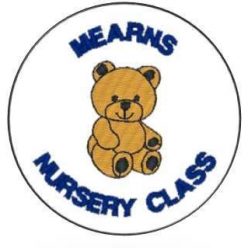Now that Spring has finally arrived, we can start to plant seeds. If you have pre-purchased seeds and pots great, if not we can improvise!
1. Find something to use as a pot. It could be A ready made plant pot, a toilet roll tube, A yoghurt tub or an old fruit tray. Be creative!

2. Fill it with soil, garden soil is fine, and make a hole for the seed.

3. Plant the seed in the soil. If you don’t have packets of seeds then why not try an apple/orange/butternut squash/ or other fruit or vegetable seed.

4. Water the seed and place the pot in a warm place with plenty of light.

5. Keep your seed soil moist and wait for it to grow!
There are lots of activities you can do while your seed and plant are growing. Here are just some of them:
Count how many days pass until the leaves start to show.
Create a watering chart.
Measure the height of your plant each day/week.
Draw a picture of your plant as it grows.
Create seed planting instructions for others, using word and pictures.
Explore some books on plants.
Or simply enjoy this story by some of our wonderful practitioners.









